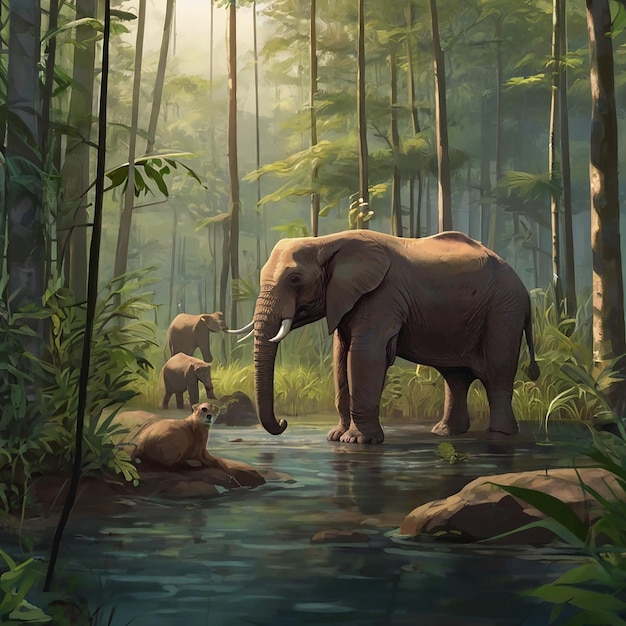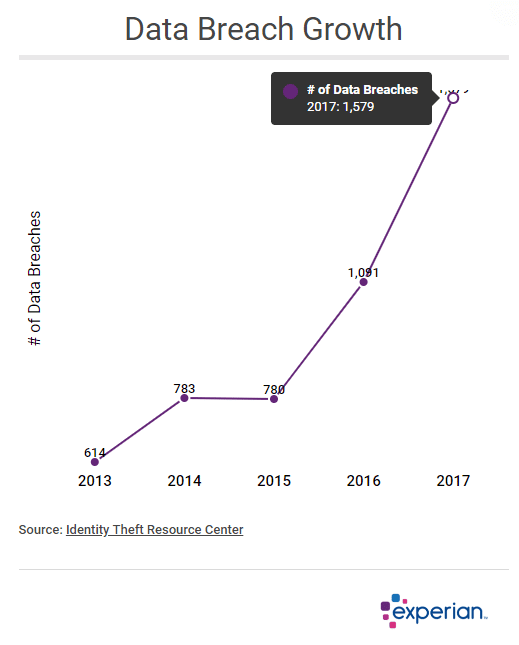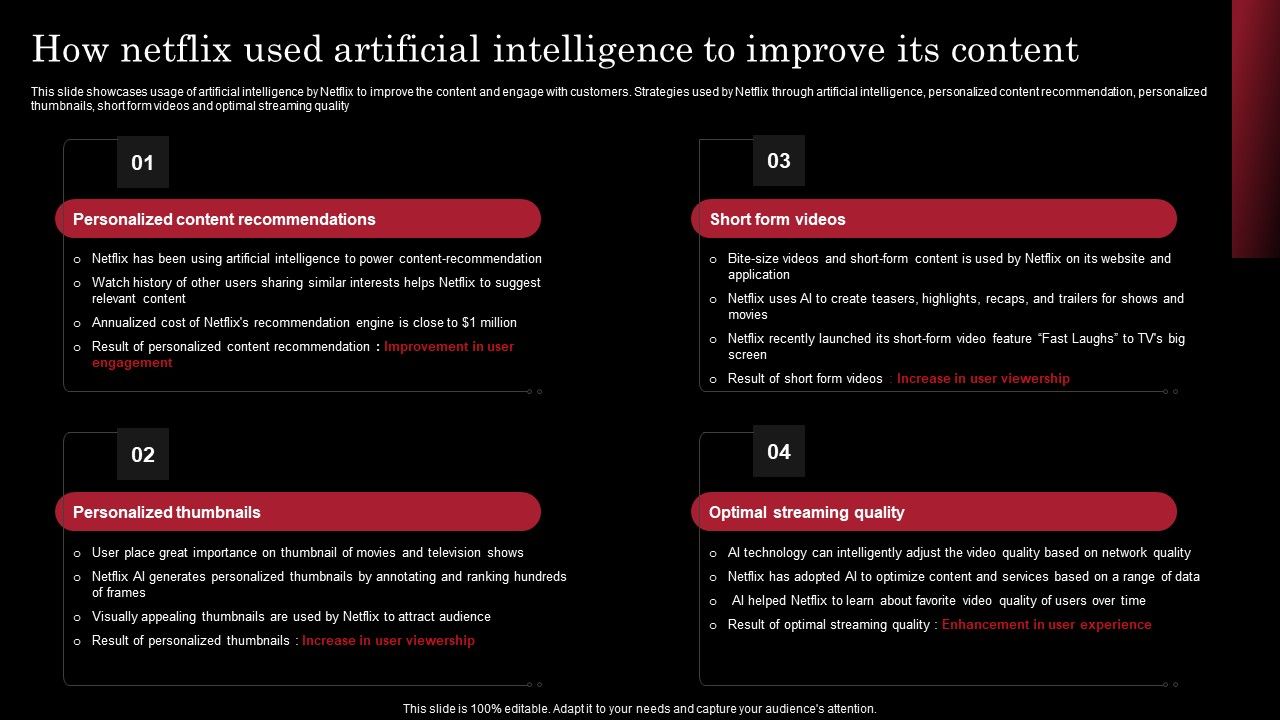AI And Wildlife Conservation: Benefits And Challenges

Table of Contents
Benefits of AI in Wildlife Conservation
AI is rapidly transforming how we approach wildlife conservation, offering innovative solutions to long-standing problems. Its applications are diverse and impactful, leading to more efficient and effective conservation strategies.
Improved Monitoring and Surveillance
AI-powered surveillance systems are revolutionizing wildlife monitoring. Drones equipped with advanced cameras and AI-powered image recognition software can track animal populations across vast landscapes with unprecedented accuracy. This technology allows for:
- Real-time population tracking: Monitor animal movements, behavior, and interactions in real-time, providing crucial data for understanding population dynamics. For example, researchers are using drones and AI to track elephant herds, providing crucial data on migration patterns and habitat use.
- Habitat monitoring: Analyze aerial imagery to identify changes in vegetation, deforestation, and other habitat alterations. This helps pinpoint areas needing urgent conservation attention.
- Poaching detection: AI can identify illegal activities, such as poaching traps or signs of human intrusion, from aerial imagery or camera trap data, enabling rapid response from anti-poaching units. Identifying endangered birds from aerial imagery is becoming increasingly accurate thanks to AI-powered image recognition.
The use of AI-powered surveillance delivers real-time data analysis, enabling quicker responses to threats and improved decision-making in conservation management.
Enhanced Anti-Poaching Efforts
Combating poaching is a critical aspect of wildlife conservation, and AI is proving to be a valuable tool. AI-powered technologies are assisting in various ways:
- Acoustic monitoring: AI-powered acoustic sensors can detect the sounds of gunshots, vehicles, or chainsaws, alerting authorities to potential poaching activities in real-time. This allows for rapid intervention and potentially prevents poaching incidents.
- Predictive policing: By analyzing historical poaching data, AI can predict high-risk areas and times, enabling proactive deployment of anti-poaching patrols. This helps to prevent poaching before it occurs.
- Facial recognition: Camera trap images can be analyzed using facial recognition technology to identify individual poachers, helping to build criminal profiles and track their activities.
These AI-driven anti-poaching strategies significantly improve wildlife crime prevention and law enforcement efforts.
Habitat Monitoring and Conservation
AI is crucial for understanding and protecting wildlife habitats. Its application includes:
- Deforestation detection: AI algorithms can analyze satellite imagery to quickly and accurately identify areas experiencing deforestation, enabling timely interventions to prevent further habitat loss. This allows for more efficient allocation of resources to areas most affected.
- Climate change modelling: AI can help predict the impacts of climate change on wildlife habitats, allowing for proactive conservation planning and adaptation strategies. This helps ensure the long-term survival of threatened species.
- Conservation planning: AI-powered analysis can help identify areas most in need of protection, optimizing conservation efforts and maximizing their impact. This ensures efficient use of limited resources.
AI facilitates more data-driven and effective habitat monitoring and conservation planning.
Challenges of Implementing AI in Wildlife Conservation
Despite its potential, the implementation of AI in wildlife conservation faces several significant challenges.
Data Limitations and Bias
The effectiveness of AI models depends heavily on the quality and quantity of training data.
- Data scarcity: Collecting high-quality data in remote and often challenging environments can be difficult and expensive. This lack of data can limit the accuracy and reliability of AI models.
- Data bias: Biases in datasets can lead to inaccurate predictions and unfair outcomes. For example, a model trained on data from one specific region may not generalize well to other regions. Carefully curated datasets are essential.
- Model accuracy: Ensuring the accuracy and reliability of AI models is crucial. Regular validation and testing are needed to prevent inaccurate predictions that could negatively impact conservation efforts.
Cost and Accessibility
The high cost of AI technology and the expertise needed to implement and maintain it present a significant barrier.
- AI affordability: The cost of specialized hardware, software, and skilled personnel can be prohibitive, particularly for organizations operating in resource-constrained regions.
- Technological access: The digital divide and lack of infrastructure in many parts of the world limit access to AI technology. Reliable internet connectivity is often a major constraint.
- Funding needs: Increased funding and collaborative efforts are necessary to bridge the gap and make AI technology more accessible to all conservation organizations.
Ethical Considerations
The use of AI in wildlife conservation raises several ethical concerns:
- Data privacy: The use of surveillance technology raises concerns about data privacy and potential misuse of information. Robust data protection measures and ethical guidelines are essential.
- Responsible AI: It is crucial to ensure that AI is developed and used responsibly, avoiding unintended negative consequences. Transparent and accountable practices are essential.
- Surveillance ethics: The potential for misuse of AI for unethical purposes necessitates careful consideration of ethical frameworks and guidelines.
Conclusion
AI offers transformative potential for wildlife conservation, improving monitoring, enhancing anti-poaching efforts, and optimizing habitat management. However, realizing this potential requires addressing challenges related to data limitations, cost, and ethical considerations. The future of wildlife conservation hinges on harnessing the power of AI responsibly. Collaborative efforts, responsible AI development, and increased funding are essential to overcome these challenges and unlock the full potential of AI and wildlife conservation for a more sustainable future. Let's work together to leverage the power of AI for wildlife, ensuring its ethical and effective implementation for the benefit of endangered species and ecosystems worldwide. To learn more about organizations actively using AI in conservation, visit [link to relevant organization/resource].

Featured Posts
-
 Hakkari De Okullar Kapali Mi 24 Subat Pazartesi Kar Tatilinin Durumu
Apr 23, 2025
Hakkari De Okullar Kapali Mi 24 Subat Pazartesi Kar Tatilinin Durumu
Apr 23, 2025 -
 Millions In Losses From Executive Office365 Breaches Federal Case
Apr 23, 2025
Millions In Losses From Executive Office365 Breaches Federal Case
Apr 23, 2025 -
 White House Cocaine Secret Service Concludes Investigation
Apr 23, 2025
White House Cocaine Secret Service Concludes Investigation
Apr 23, 2025 -
 How Netflix Is Outperforming Big Tech And Attracting Tariff Seeking Investors
Apr 23, 2025
How Netflix Is Outperforming Big Tech And Attracting Tariff Seeking Investors
Apr 23, 2025 -
 Tongling Metals Us Tariffs To Dampen Short Term Copper Outlook
Apr 23, 2025
Tongling Metals Us Tariffs To Dampen Short Term Copper Outlook
Apr 23, 2025
